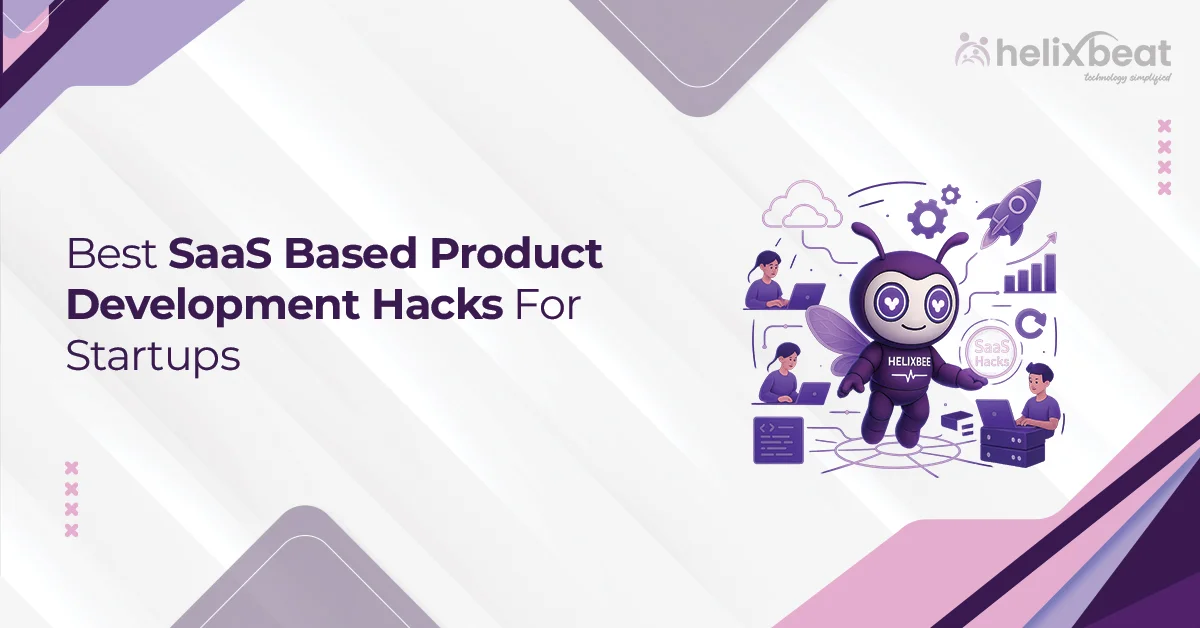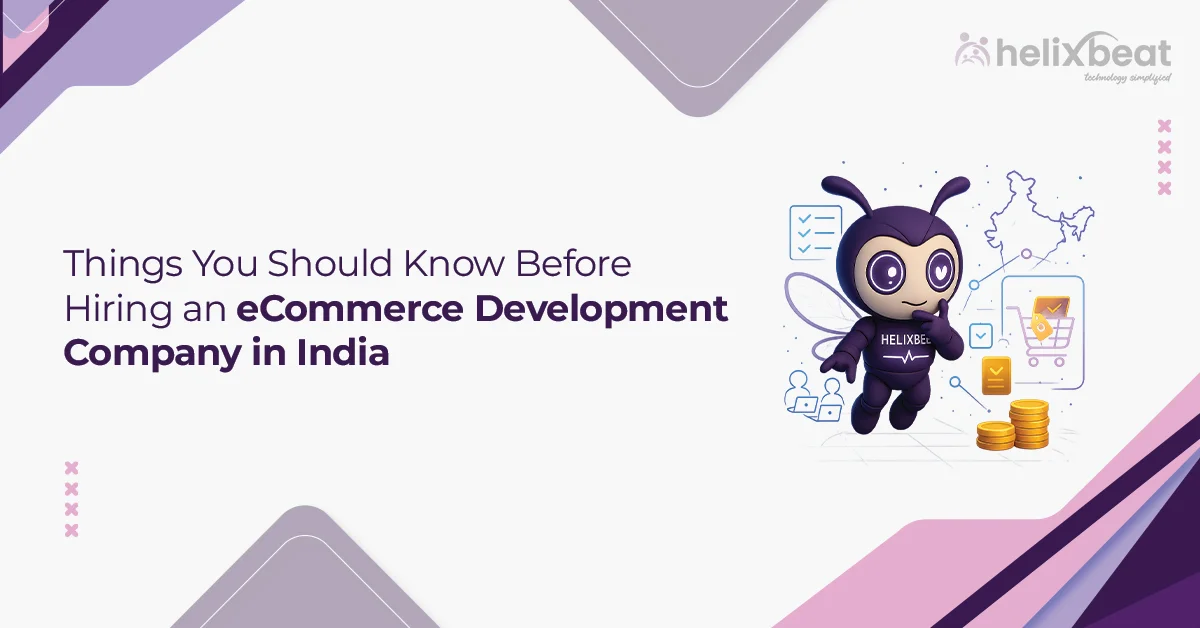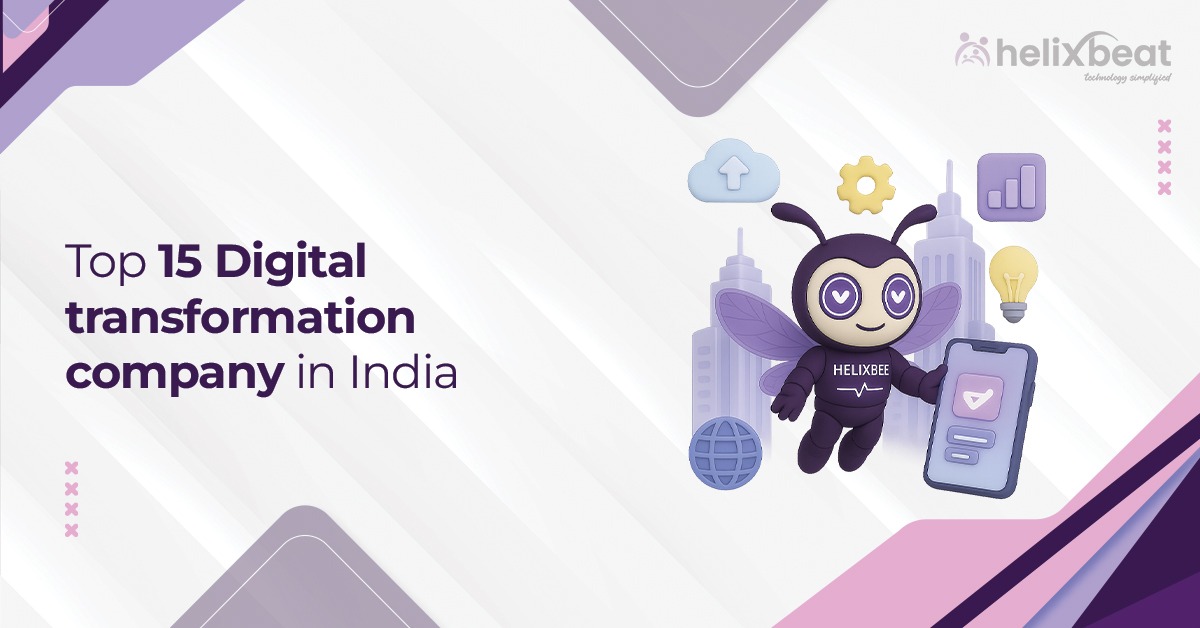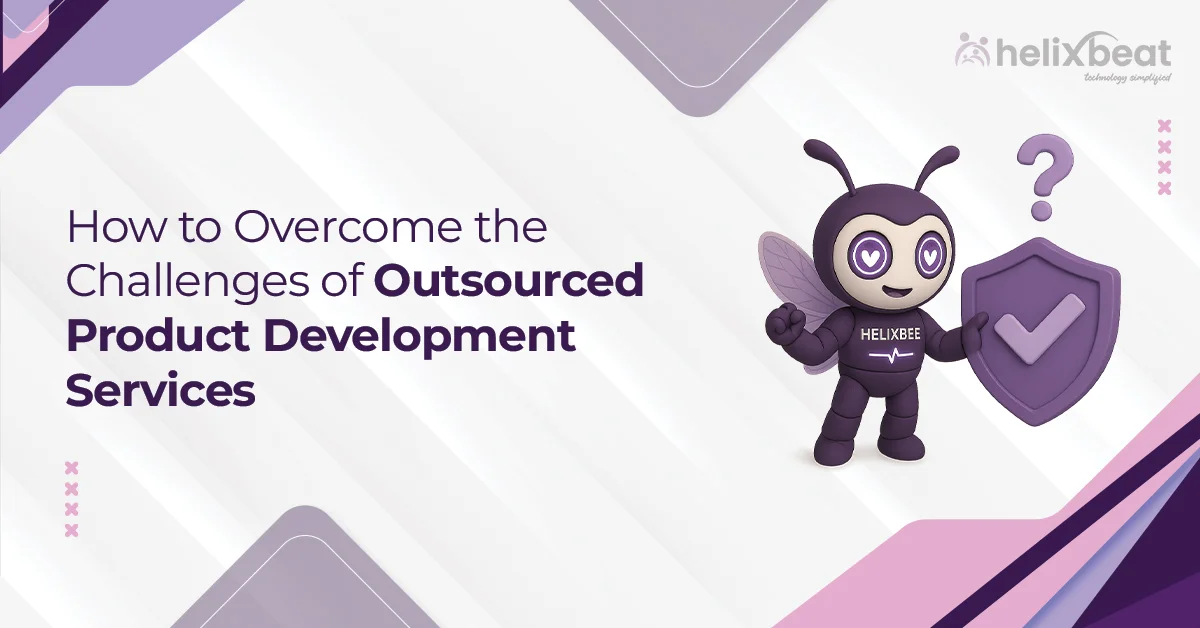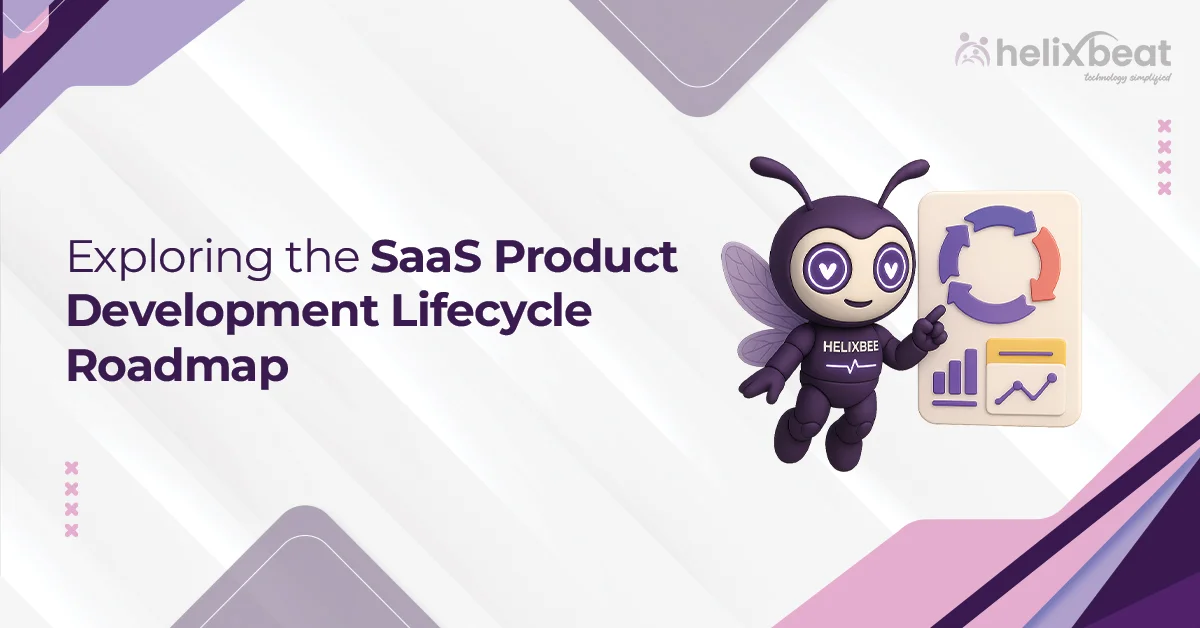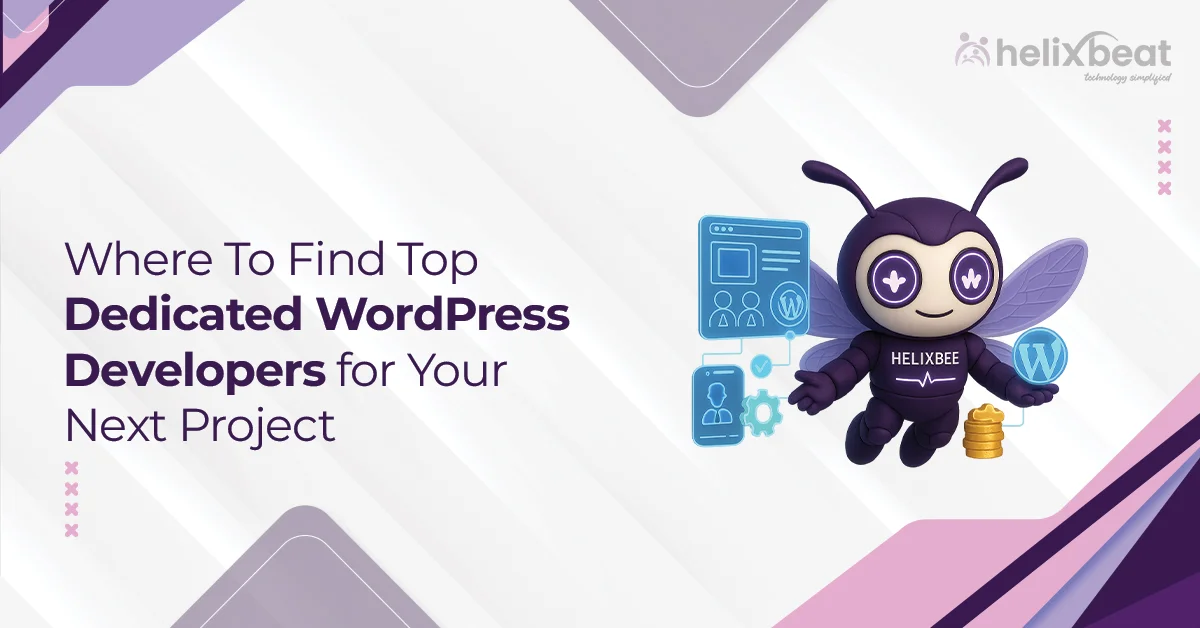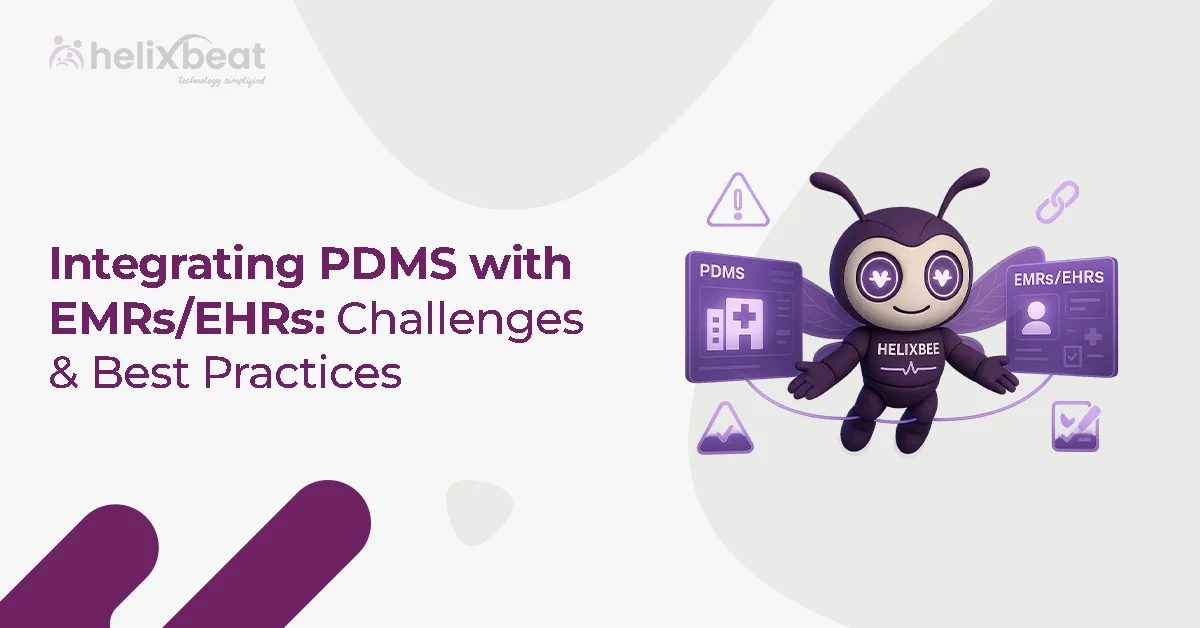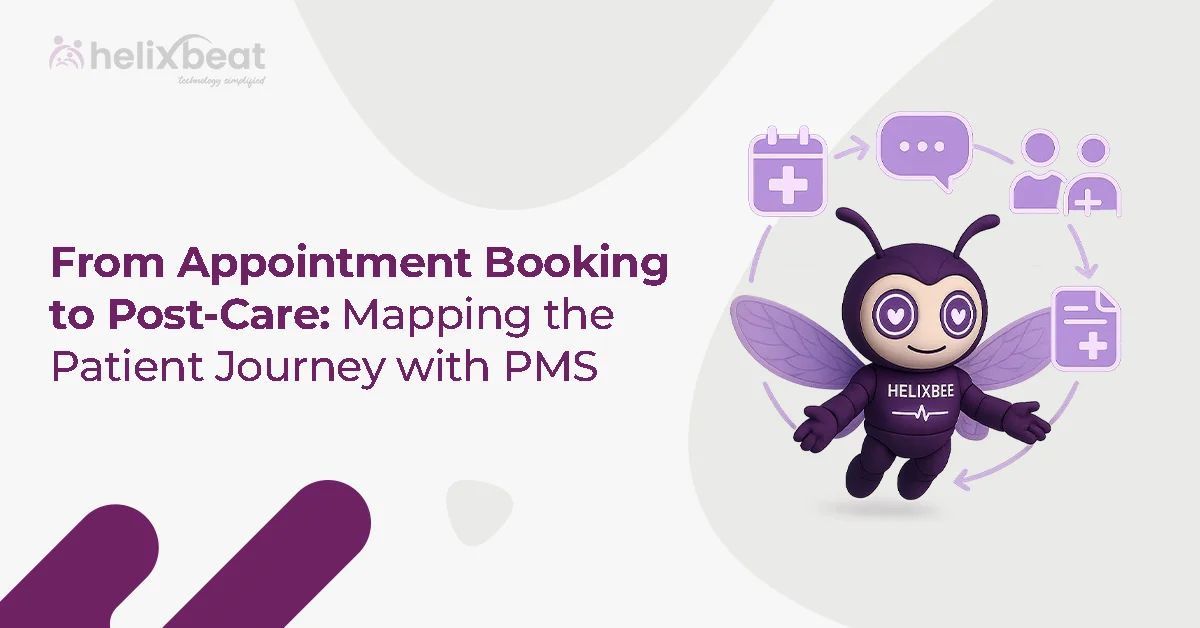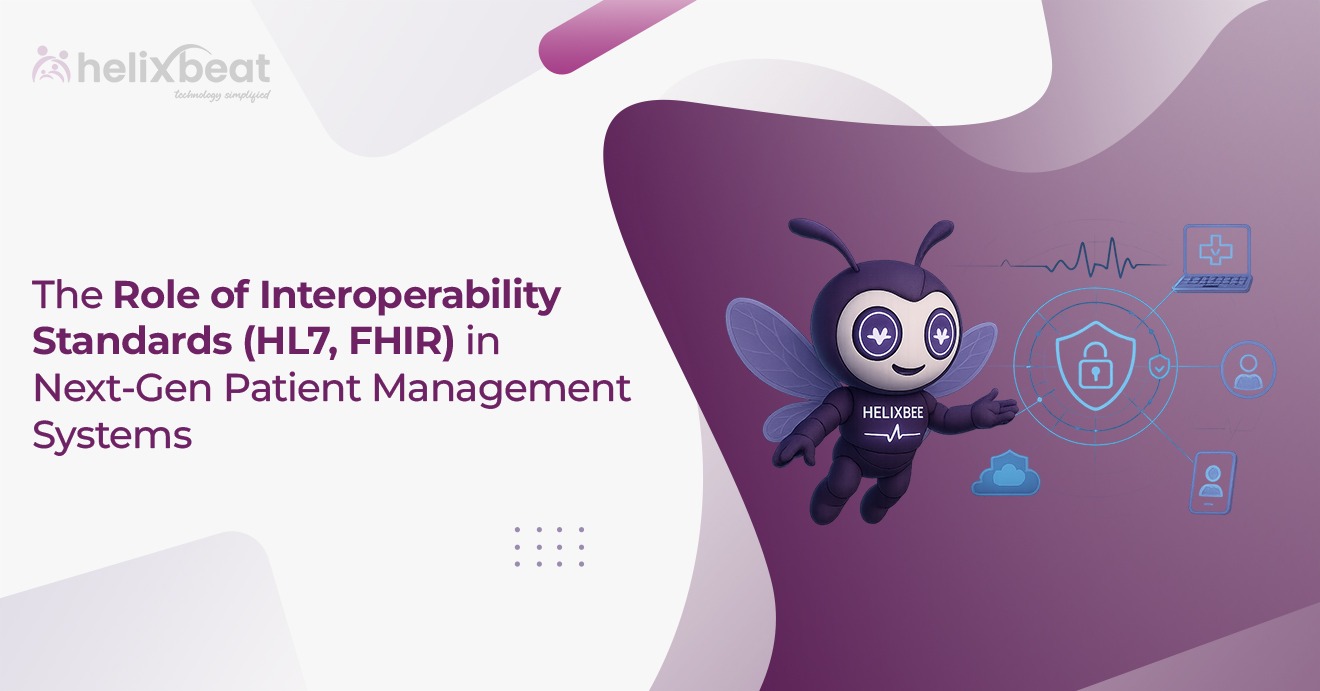Launching a successful SaaS product requires more than just a great idea. It involves strategic planning, strong development practices, and continuous optimization to meet evolving user needs. In today’s fast-paced digital world, businesses prefer SaaS application development for its scalability, cost-effectiveness, and flexibility. With cloud technology powering most industries, companies increasingly adopt SaaS-based solutions for tasks like project management, customer support, and data analytics.
A well-structured SaaS application provides seamless updates, a smooth user experience, and consistent performance. However, developing a SaaS product goes beyond writing code—it requires a well-planned approach to architecture, security, deployment, and ongoing management. Each stage plays a crucial role in delivering a reliable and scalable product.
This guide outlines a step-by-step process to help you build a high-quality SaaS application, covering everything from initial planning to post-launch optimization.
Table of Contents
Steps Involved in SaaS Application Development
Developing a SaaS application requires more than just building software—it’s about creating a scalable, secure, and high-performing product that meets business and user expectations. Each step in the development process plays a crucial role in ensuring the product is efficient, adaptable, and future-ready. Helixbeat specializes in SaaS application development, helping businesses navigate the complexities of building and maintaining cloud-based solutions.
Below is a structured breakdown of the SaaS development process and insights on how Helixbeat can support each stage.
1. Concept Validation
A great idea alone doesn’t guarantee a successful product. Before development begins, validating the concept helps identify potential challenges, minimize risks, and refine the vision into something practical and marketable. Skipping this step can lead to costly setbacks, so testing the idea thoroughly before moving forward is essential.
- Market Research: Understanding customer pain points and analyzing competitors is key to positioning your SaaS application effectively. By identifying gaps in the market, businesses can ensure their product offers something unique and valuable.
- Feasibility Assessment: Even if an idea seems promising, it needs to be technically achievable and financially viable. Evaluating development costs, required resources, and potential return on investment helps determine if the concept is worth pursuing.
- Prototype Testing: Instead of building the entire product at once, creating a minimum viable product (MVP) allows businesses to test core features, gather real-world feedback, and make necessary improvements before full-scale development.

How Helixbeat Helps:
Helixbeat conducts in-depth feasibility studies, helping businesses assess market demand and refine their SaaS applications based on real-world insights. By analyzing trends, customer expectations, and technical viability, Helixbeat ensures businesses start with a solid foundation for success.
2. Planning and Requirement Analysis
A well-structured plan is the foundation of a successful SaaS application. Without proper planning, projects can quickly become disorganized, leading to scope creep, missed deadlines, and budget overruns. To avoid these challenges, businesses need a clear roadmap that outlines objectives, timelines, and technical requirements.
- Define Core Features: Before development begins, it’s important to identify the must-have functionalities that will form the backbone of the application. Features such as user authentication, subscription models, and data security should be prioritized to create a solid foundation.
- Choose the Right Technology Stack: Selecting the right programming languages, frameworks, and cloud platforms is crucial for long-term scalability and maintainability. The right technology stack ensures that the application remains adaptable to future enhancements and industry trends.
- Set Development Milestones: Breaking the project into phases with specific deadlines helps keep the development process organized. Setting clear milestones allows teams to track progress, address potential roadblocks early, and maintain a steady workflow.

How Helixbeat Helps:
Helixbeat works closely with businesses to create customized roadmaps, ensuring that every stage of the development process is well-structured. From defining core features to selecting the ideal technology stack, Helixbeat helps businesses stay on track from development to deployment, minimizing delays and optimizing resources.
3. Custom Development
Once the planning phase is complete, the actual development process begins. This stage is where the ideas and requirements outlined earlier are transformed into a fully functional SaaS application. A well-developed product should not only perform efficiently but also provide a smooth and intuitive user experience.
- Front-End Development: The front end is what users interact with, so it needs to be visually appealing, intuitive, and responsive. A well-designed user interface (UI) ensures that users can navigate the application easily, regardless of the device they are using.
- Back-End Development: Behind the scenes, the back end is responsible for processing requests, managing business logic, and ensuring data security. A scalable and efficient backend allows the application to handle growing user demands without performance issues.
- Database Integration: Storing and managing data effectively is crucial for any SaaS application. A well-structured database ensures fast and reliable data retrieval, improving overall performance and user experience.

How Helixbeat Helps:
Helixbeat specializes in cloud-native architectures, optimizing SaaS applications for scalability and high performance. By focusing on both front-end and back-end efficiency, Helixbeat helps businesses develop secure, responsive, and reliable applications that meet industry standards.
4. Scalable Architecture Design
For a SaaS application to succeed in the long run, it must be built for growth. As the user base expands, the system should be able to handle increased traffic without slowing down or crashing. If performance issues arise due to poor architecture, users may seek alternatives, leading to customer churn and revenue loss. To prevent this, scalability should be a priority from the start.
- Multi-Tenant Architecture: Since SaaS platforms serve multiple users (or tenants) at the same time, resource allocation needs to be efficient and well-balanced. A multi-tenant architecture ensures that system resources are shared optimally, providing a seamless experience for all users.
- API Development: Many businesses rely on third-party services such as CRMs, payment gateways, and analytics tools. Well-designed APIs enable smooth integrations, allowing the SaaS application to connect with other software effortlessly.
- Performance Optimization: Slow load times and frequent downtime frustrate users. Optimizing server response times, database queries, and caching mechanisms helps maintain fast performance and reliability, even during peak usage periods.

How Helixbeat Helps:
Helixbeat designs scalable SaaS platforms that can adapt to increasing business demands without performance issues. Helixbeat helps businesses build SaaS applications that remain stable, responsive, and future-ready by implementing multi-tenant architecture, efficient APIs, and performance tuning.
5. Security Integration
In SaaS application development, security is not just an added feature—it is a necessity. Users trust SaaS platforms with sensitive data, and a single security breach can result in legal consequences, financial losses, and reputational damage. Strong security measures must be in place from the start to protect both businesses and users.
- Data Encryption: Information traveling between users and the SaaS application should be encrypted to prevent unauthorized access. Encryption ensures that even if data is intercepted, it remains unreadable to hackers.
- Access Control: Not all users require the same level of access. Role-based permissions allow businesses to control who can view, edit, or manage sensitive information, reducing the risk of internal security breaches.
- Regulatory Compliance: Businesses operating in regulated industries must meet specific security standards like HIPAA, and SOC 2. Compliance helps protect user data while ensuring that the platform meets legal and industry-specific security requirements.

How Helixbeat Helps:
Helixbeat provides compliance-ready security solutions, ensuring that user data is well-protected against cyber threats. By integrating encryption, access control, and compliance frameworks, Helixbeat helps businesses build secure and trustworthy SaaS applications that prioritize data privacy and regulatory adherence.
6. Testing and Quality Assurance
No software is perfect on its first release, which is why testing and quality assurance (QA) are critical in ensuring that the application performs as expected. Proper testing helps identify bugs, security flaws, and performance issues before the product is launched to users.
- Functional Testing: It’s essential to verify that all core features are working as intended, ensuring that users can interact with the application without glitches.
- Performance Testing: Testing the system’s stability under different workloads is crucial to ensure it can handle increased traffic or usage without crashing.
- Security Testing: Identifying vulnerabilities early and applying necessary fixes prevents data breaches and protects user information.

How Helixbeat Helps:
Helixbeat’s QA specialists conduct rigorous testing, focusing on functional, performance, and security aspects. This thorough approach helps eliminate potential flaws, ensuring the delivery of a highly stable and secure SaaS application.
7. Deployment and Cloud Hosting
Once development and testing are complete, the next step is deployment, where the application is launched on a reliable cloud platform for users to access. A well-executed deployment ensures a smooth transition from development to production while maintaining performance and stability.
- Choose a Cloud Provider: Selecting the right cloud provider is crucial for scalability and reliability. Popular choices include AWS, Google Cloud, and Microsoft Azure, each offering different capabilities based on business needs.
- Automate Deployment: Using CI/CD pipelines streamlines the release process, allowing faster updates with minimal errors. This automation reduces downtime and ensures that new features or bug fixes reach users quickly.
- Monitor Performance: Continuous monitoring of server response times, uptime, and resource usage helps detect issues early and optimize application efficiency.

How Helixbeat Helps:
Helixbeat simplifies cloud deployment by providing cost-effective hosting solutions that support long-term growth. With expert deployment strategies and real-time monitoring, Helixbeat helps businesses maintain a stable and high-performing SaaS application.
8. User Onboarding and Customer Support
A smooth onboarding process plays a crucial role in helping users get comfortable with a SaaS application. When users can navigate the platform easily, they are more likely to stay engaged, which helps reduce churn rates and improve customer retention. Additionally, responsive customer support ensures that users receive help when they need it.
- In-App Tutorials: Step-by-step guided walkthroughs allow new users to explore key features, making the transition into the platform much easier.
- Customer Support: Offering multiple support channels such as live chat, email, and phone assistance helps address user concerns quickly, preventing frustration.
- Knowledge Base: Providing FAQs, help articles, and troubleshooting guides enable users to find answers independently, reducing support requests.

How Helixbeat Helps:
Helixbeat enhances the user experience by designing intuitive onboarding flows and comprehensive customer support features, ensuring users can navigate and utilize the platform with ease.
9. Post-Launch Maintenance and Updates
Launching a SaaS application is just the beginning. Ongoing maintenance and regular updates are essential to keep the platform running smoothly and stay ahead of competitors. Addressing user feedback, fixing issues, and optimizing performance help maintain a reliable and efficient application.
- Bug Fixes: Even with thorough testing, issues may arise after launch. Fixing reported bugs and glitches quickly ensures a stable user experience.
- Feature Enhancements: As user needs evolve, adding new features and improvements based on feedback and industry trends helps keep the application relevant.
- Performance Monitoring: Tracking usage patterns, server response times, and system performance allows for timely optimizations and prevents downtime.

How Helixbeat Helps:
Helixbeat provides long-term support, offering regular updates, proactive performance monitoring, and feature enhancements, ensuring that SaaS applications remain efficient, secure, and future-ready.
To Wrap It up
SaaS application development is a strategic process that requires careful planning, execution, and ongoing optimization. From concept validation to post-launch maintenance, every step plays a crucial role in ensuring the success of your SaaS product.
Partnering with an experienced provider like Helixbeat guarantees a secure, scalable, and high-performing SaaS application. Whether you’re developing a new product or enhancing an existing one, Helixbeat’s expertise in SaaS application development makes it the perfect choice.
Ready to bring your SaaS idea to life? Contact Helixbeat today!
FAQs
1. What is SaaS application development?
SaaS application development involves building cloud-based software that users can access via a subscription model.
2. How long does it take to develop a SaaS application?
The timeline varies based on complexity but generally takes 4-12 months.
3. What are the key benefits of SaaS applications?
Scalability, cost-efficiency, automatic updates, and accessibility from anywhere.
4. What are the security considerations for SaaS applications?
Data encryption, regulation compliance, and access control are critical security factors.
5. What is the difference between single-tenant and multi-tenant SaaS?
A single tenant means each user has a dedicated instance, while a multi-tenant means multiple users are served from one instance.





